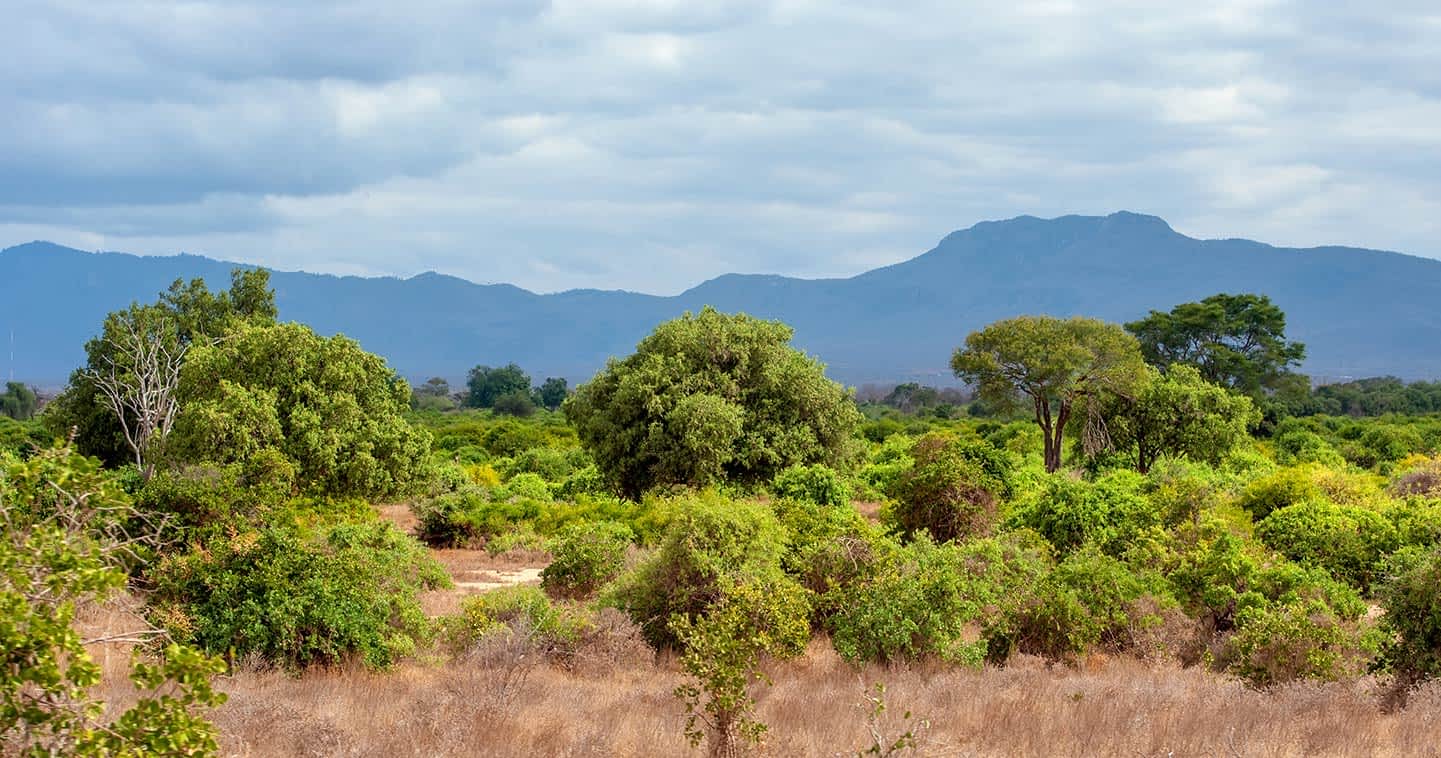Open woodland, bush, and grassland ecosystems are found in various regions of Tanzania, including the Serengeti plains, the Tarangire ecosystem, and the Selous Game Reserve. These ecosystems are characterized by a mix of trees, shrubs, and grasses, and support a diverse range of wildlife, including some of Africa’s most iconic species.

The dominant tree species in open woodland and bush ecosystems include Acacia spp., Commiphora spp., and Terminalia spp. These trees provide shade and shelter for various herbivorous mammals, including elephants, giraffes, and zebras. The grasslands, on the other hand, provide grazing opportunities for these herbivores, as well as for predators such as lions, cheetahs, and hyenas.
Open woodland, bush, and grassland ecosystems also support a rich birdlife, including the ostrich (Struthio camelus), the Kori bustard (Ardeotis kori), and the secretary bird (Sagittarius serpentarius).
These ecosystems are under threat from various human activities, including agricultural expansion, overgrazing, and unsustainable tourism. Climate change is also exacerbating these threats, with changing rainfall patterns and increasing temperatures affecting the distribution and abundance of plant and animal species.
The Tanzanian government and development partners are implementing various programs and initiatives to conserve and manage open woodland, bush, and grassland ecosystems, including promoting sustainable land use practices, improving wildlife management, and supporting community-based conservation initiatives. These efforts aim to ensure the long-term sustainability of these ecosystems and the wildlife and livelihoods they support.
